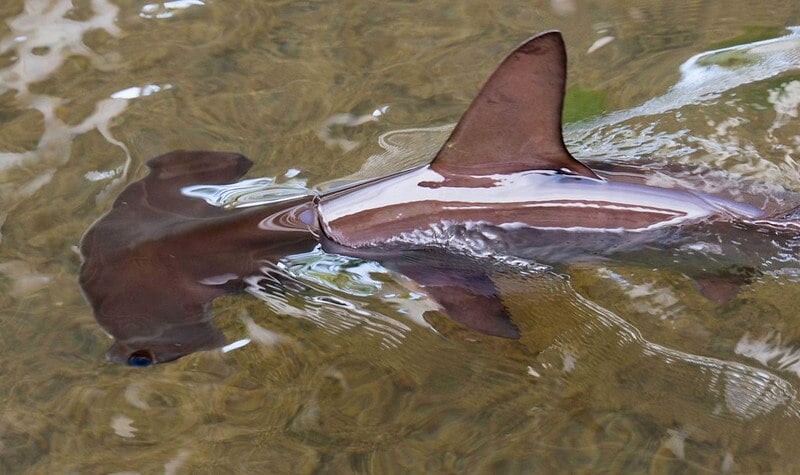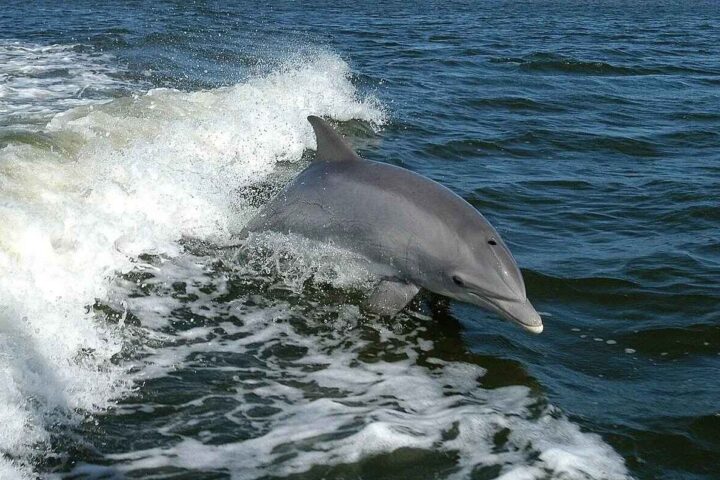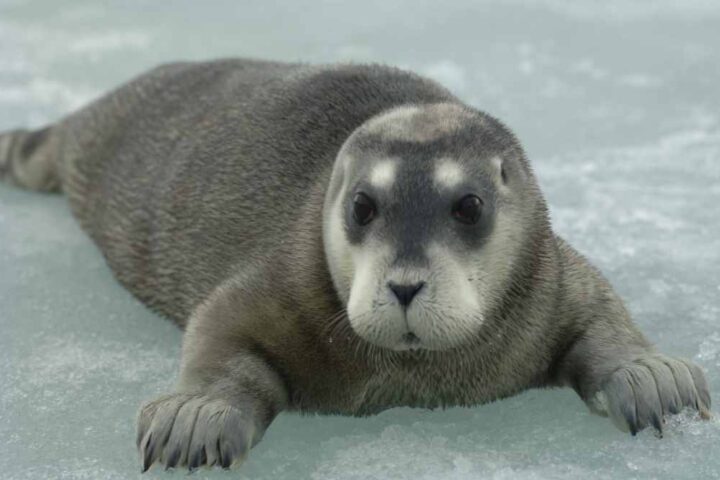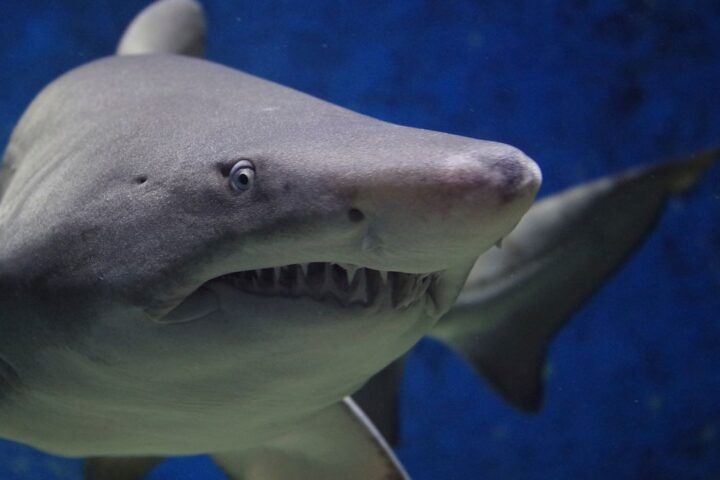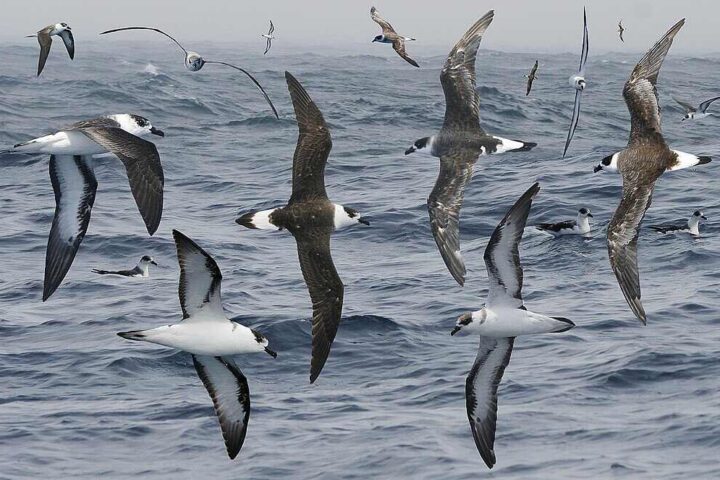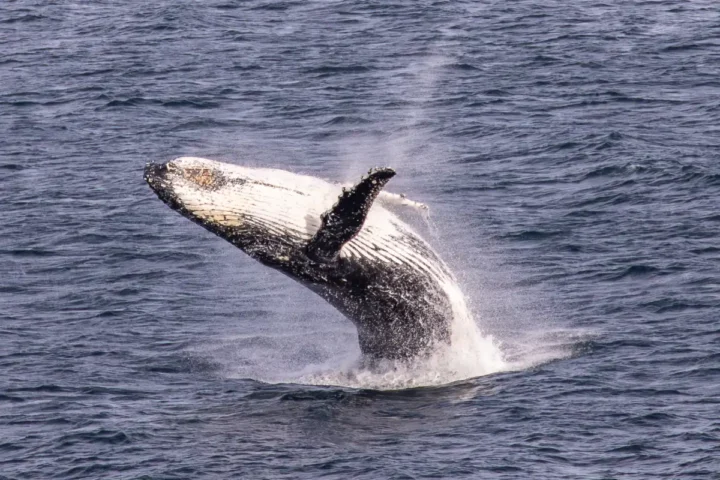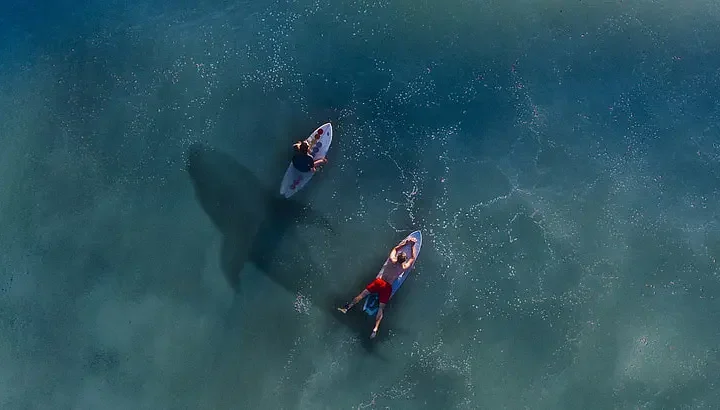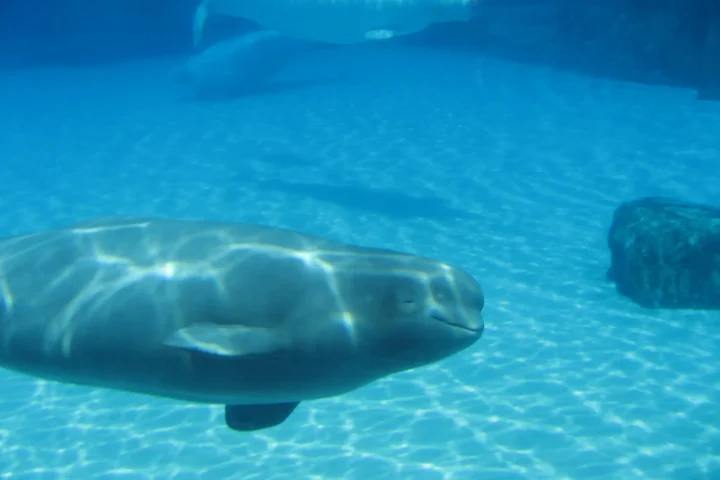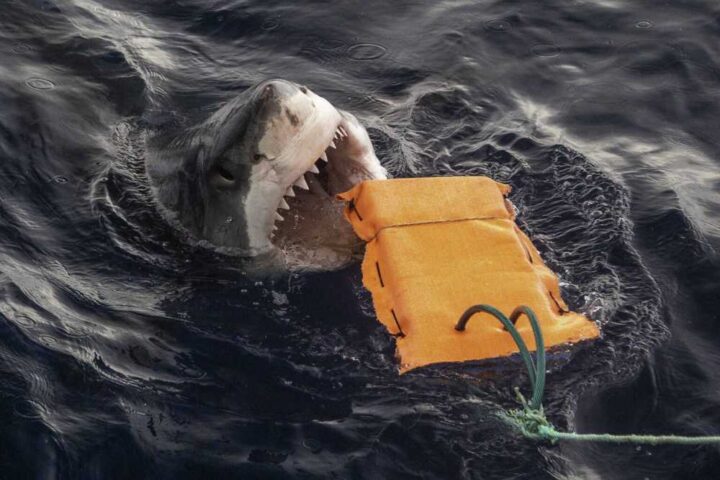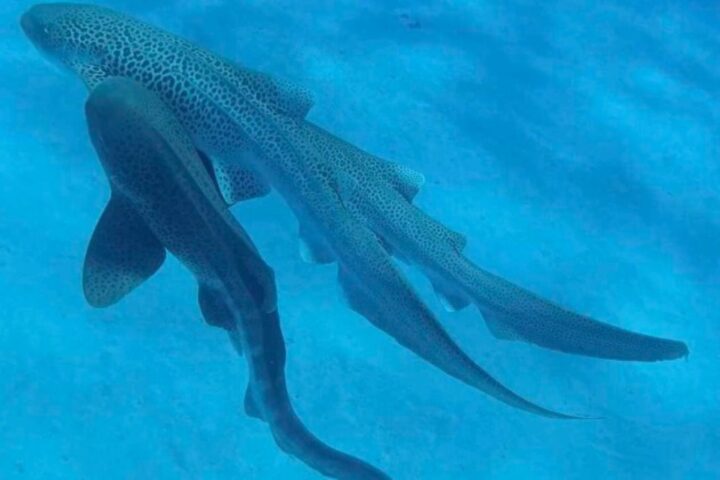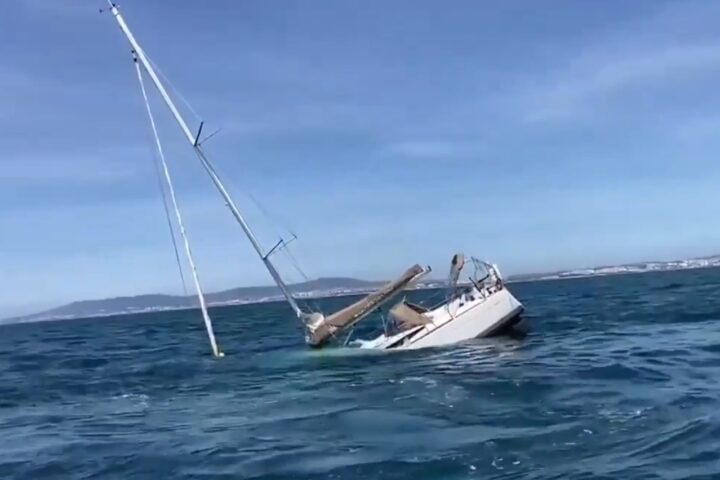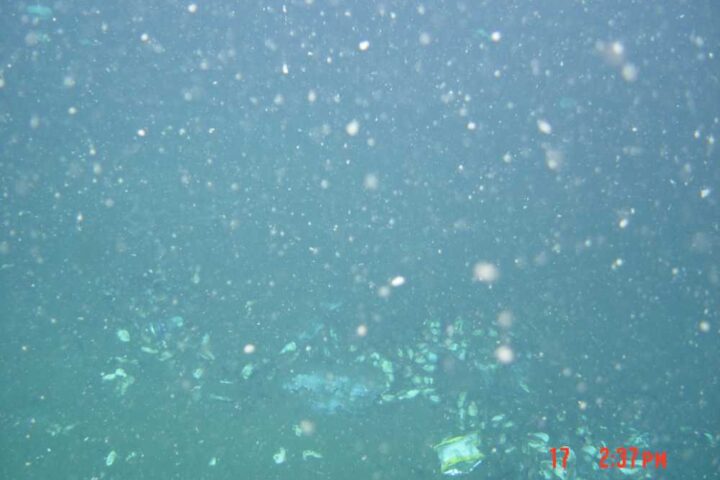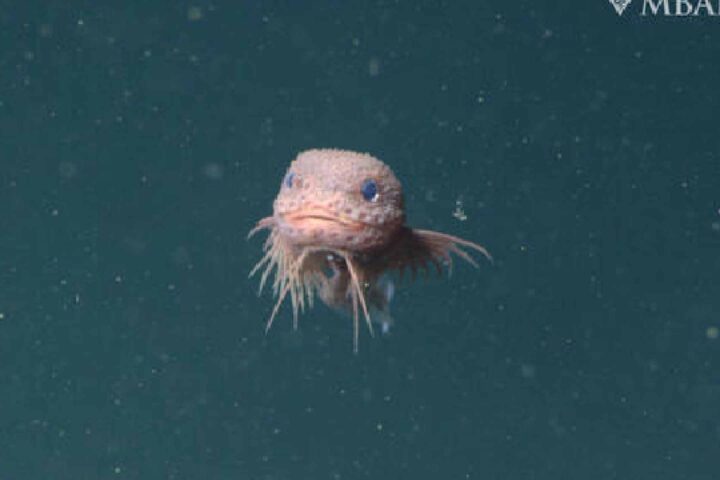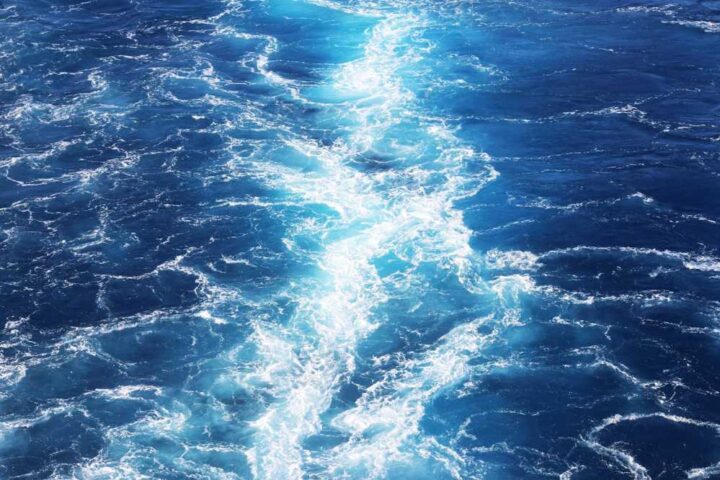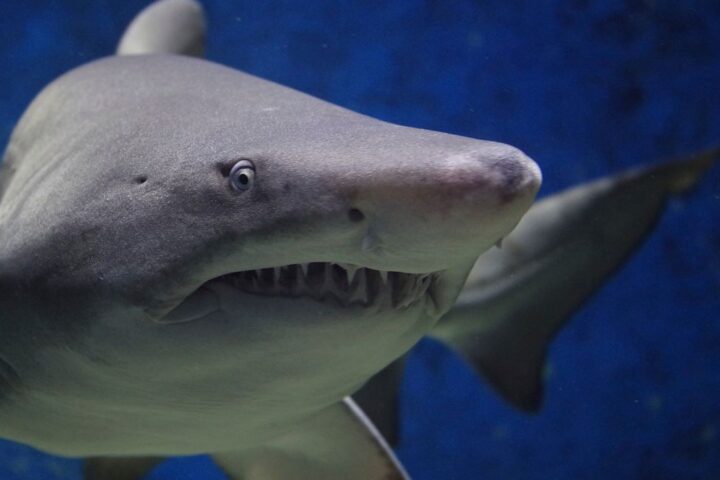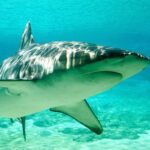In a bizarre turn of events, disc golfers in Myrtle Beach, South Carolina witnessed a baby hammerhead shark plummet from the sky and land on their course. The unusual incident happened on May 18, 2025, when an osprey hunting for food was forced to drop its catch after being attacked by two crows.
Jonathan Marlowe, 44, and three friends were playing at the Splinter City Disc Golf Course when they spotted the unexpected aerial drama unfold near the 11th hole.
“I’ve never even seen a hammerhead in real life, and here’s a baby one on the ground that literally fell out of the sky,” Marlowe told ABC News.
The group initially thought the osprey was carrying a regular fish. When they went to investigate, they were shocked to discover a foot-long baby hammerhead shark lying on the grass.
Ospreys, often called “fish hawks,” are uniquely equipped to catch fish from water. These birds have special curved talons and spiny pads on their feet that work like barbs to grip slippery fish scales. They can even rotate their outer toes – two facing forward and two backward – allowing them to better hold their prey while flying.
While ospreys typically hunt fish less than 12 inches long, the one-foot hammerhead shark was within their carrying capacity. However, the bird’s meal was interrupted when two crows engaged in what experts call “mobbing” – an aggressive technique where smaller birds harass larger ones to protect their territory during breeding season.
“It’s not uncommon to see an osprey carrying something, but you take note because it’s still really cool to see,” Marlowe explained to Garden & Gun magazine. “We couldn’t believe it and kept asking ourselves, ‘did that really just happen?'”
The disc golf course sits adjacent to Myrtle Beach State Park and is about half a mile from the Atlantic Ocean. Marlowe and his friends briefly considered trying to return the shark to the water but decided against it, believing the animal would not survive the journey after its ordeal.
Similar Posts
Several species of hammerhead sharks swim in the waters off South Carolina’s coast. These include the bonnethead, scalloped hammerhead, and great hammerhead. In 2013, scientists discovered a new species in the region – the Carolina hammerhead.
Hammerhead sharks are known for their distinctive head shape called a cephalofoil. Baby hammerheads are typically born in late spring and summer and spend their early lives in shallow coastal waters before venturing into deeper ocean.
The coastal waters near Myrtle Beach serve as nursery grounds for young sharks, which explains why a juvenile hammerhead was close enough to shore for an osprey to catch it. The small size of the shark – about one foot long – indicates it was likely a pup.
This isn’t the first time wildlife has surprised the disc golfers at Splinter City. Marlowe noted that the course is known for its natural setting, where players regularly encounter snakes, raccoons, alligators, and owls.
“The course is the perfect place to be out in nature,” Marlowe said, adding that they often see wildlife during their time spent recreating there.
The incident highlights the complex interactions within coastal ecosystems, where land and sea creatures occasionally cross paths in unexpected ways. While rare, this event demonstrates the impressive hunting abilities of ospreys and the fascinating food web that exists along South Carolina’s shoreline.
Wildlife experts confirm that various hammerhead species are common in South Carolina’s coastal waters. The South Carolina Department of Natural Resources has documented several species in the region, including the recently discovered Carolina hammerhead.

The bizarre shark drop quickly became a local sensation, with residents and visitors alike marveling at the unlikely chain of events. Marlowe decided to leave the shark where it landed, just in case the osprey returned for its meal.
While “raining cats and dogs” is a common expression for heavy rainfall, this literal case of a “shark shower” provided Myrtle Beach residents with a reminder of the wild and sometimes surprising natural world that exists alongside their coastal community.
